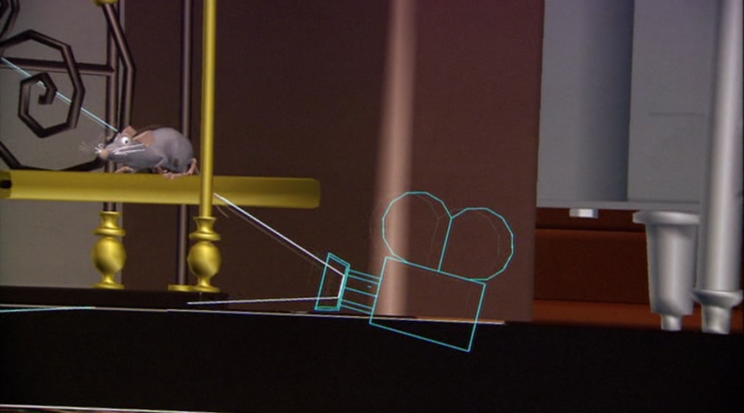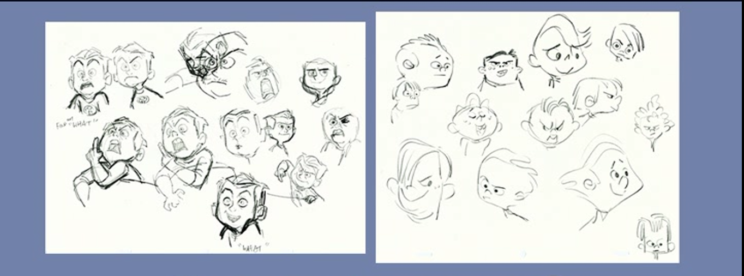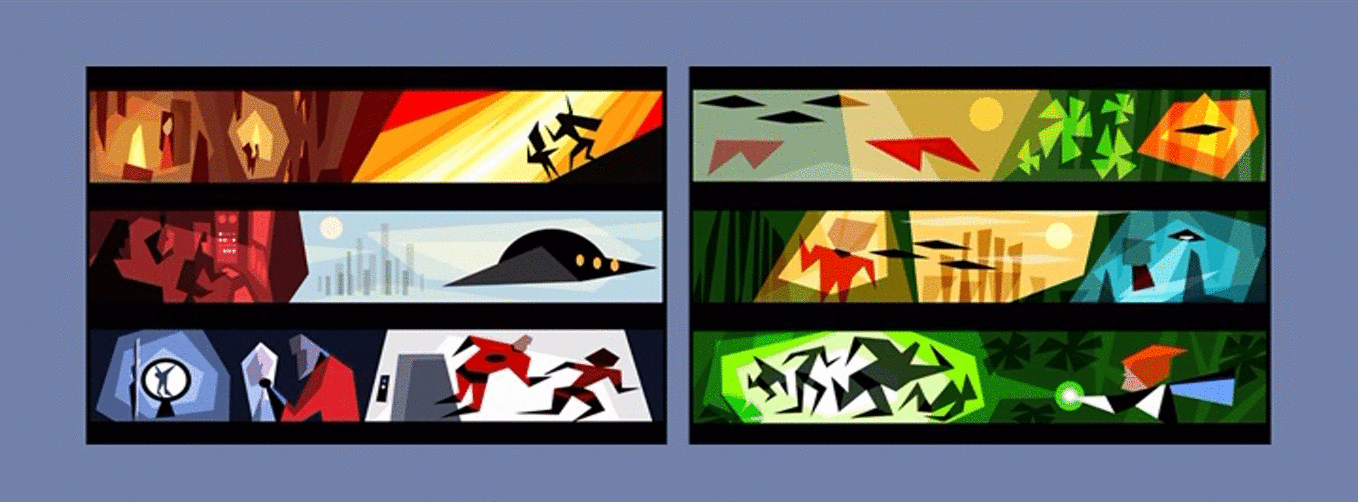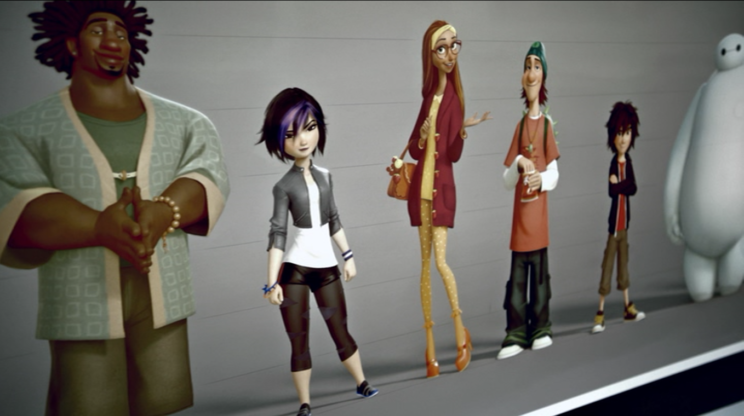How did people learn how to fly? The Wright Brothers had to create an invention that could change the course of history. How did people know that connecting two wires could bring light into the world? Alexander Graham Bell kept trying new ideas to bring an updated version into their current century. How can we create a technology so powerful, so great, that we can access it at our fingertips? Steve Jobs, the creator of Apple had to have the mindset that that was possible to complete the task. All these people have the similarity of changing history in some way. They all had to learn an important thing: that if they did not get up to try it, it would not be done. That is how the animation process works. They kept trying to improve how characters looked on the screen, to make them appear more lifelike.
How it All Started
Digital Arts claims that there are only really 7 steps to making a scene in a movie. But that is in today, where the technology is beyond the imagination, and can make people believe that they are in the place they see on the screen. But how did they do it before all of this mind blowing technology came out? Here are the basics. When animation is just beginning, they would actually draw multiple pictures and layer them. Game Designing states, “For most of the 20th century, animation was done by taking photographs of drawings on paper and then placing them on transparent acetate sheets called cels.” This is how 2-D animation is and was created.

Game Designing also says, when computers came around, they abandoned this type of method. It is still required to make a film, the same author writes, but it is mostly done on a computer software. This means that animators have gone digital, which surprisingly took longer than it sounds. Game Designing states how people came up with “[t]his form, which is also called computer-generated imagery (CGI), is a fairly recent technique that only came into use during the 1990s.” This shows that it took a little over 50 years to come up with a new idea on how to make these movies more realistic.
There was actually a little hiccup in the space between the technology for 2-D animation and 3-D animation. This technology managed to merge the two together. An article by John Young states, “CAPS opened the door for elaborate camera movements and multiplane shots that were impractical to achieve by hand, and easily allowed CG animation to be inserted into a traditionally animated film — think of the wildebeest stampede in The Lion King.” CAPS is short for Computer Animation Production System, as the John Young writes earlier. This shows how the process from two-dimensions to three-dimensions flowed a little better then from step one to step two.

Now with Computers
Now we know the basics on what animators did before computers, the new question posing is how do they make movies with computers? First, an animator has to figure out what the character is supposed to look like. An article from Modern Mechanix talks about how “[l]ong before the picture reached the camera, however, artists completed tens of thousands of drawings. Animators worked for six months, drawing innumerable pictures, before they caught the spirit of the various characters they were expected to portray and were able to set down that spirit, without variation day after day.”

Rachel Berman shows this step in her post on Oh My Disney. Once they have the character drawn to their specific classifications, they see how it plays out with the rest of the movie. Pixar-Animation proceeds to say, “It also designs sets, props, visual looks for surfaces and colours and “colour scripts” for lighting, which are impressionistic pastel illustrations that emphasize the light in screens.” These color scripts also can show how a character’s shadows, fur, and other details will react when put upon the light of the scene.

Making the Characters Lifelike
Now that the animators have the right character for the part, the color scripts are in order, and the technology is updated, they can now start to make the characters come to life in 3-D. They create the characters on a three-dimensional figure. This means the animators can spin the character around to see all the angles and curves a character has. An article from Pixar-Animation says, “Computer-generated animation is three-dimensional (3-D), meaning that objects and characters are modeled on a plane with an X, Y and Z axis.”

From here, the character looks like 3-D graph paper. Characters are outlined in the colors assigned to them, then they are filled with that color. No angles have been moved yet, so the character’s limbs are straight, until the animators go in and move them to the specifics of the scene. The background was selected in the 3-D grid at the time the characters were. Animators will add the background in later, after they have taken care of the main part of that scene.
When animators have gotten the specifics of the scene laid out, Digital Arts says that Pixar wrote, “The characters and set are “staged” or placed into positions that work visually within the chosen camera angle. Layout precedes character animation. Sets are simplified during this phase, but are seen fully built in the next stage of production.”

Animators will see how the scene looks, then the animators go into the very specifics. What that means is that they add how limbs will react in a moving scene, how a cape moves in the wind, and how the characters fur and hair is created. When the animators have moved everything in the scene to make it flow, they play it back to see how it all interacts. A scene is made now, and the animators will go on with the same process, until the movie is complete.
To Sum it Up…

Technology in the industry of animation has grown so much that a character is not just like a simple drawing anymore. A character can have a vastly new number of additions onto it. For example, a character is no longer just a shape, it has very fine detail and is very lifelike (as seen in the picture above). The history behind how the animation process grew up is truly amazing, from CGI, to CAPS, to 3-D animation. Also, the background behind how animators get their sketches to the screen is all because of a special piece of paper called a cel. But the truly remarkable aspect is to see the use and the steps above that go from drawing to the computers, from paper to the big screens.
Post by ChloeB.
Screenshots taken by the Author
The Beginning of Fantasia. Image by Disney Screencaps
